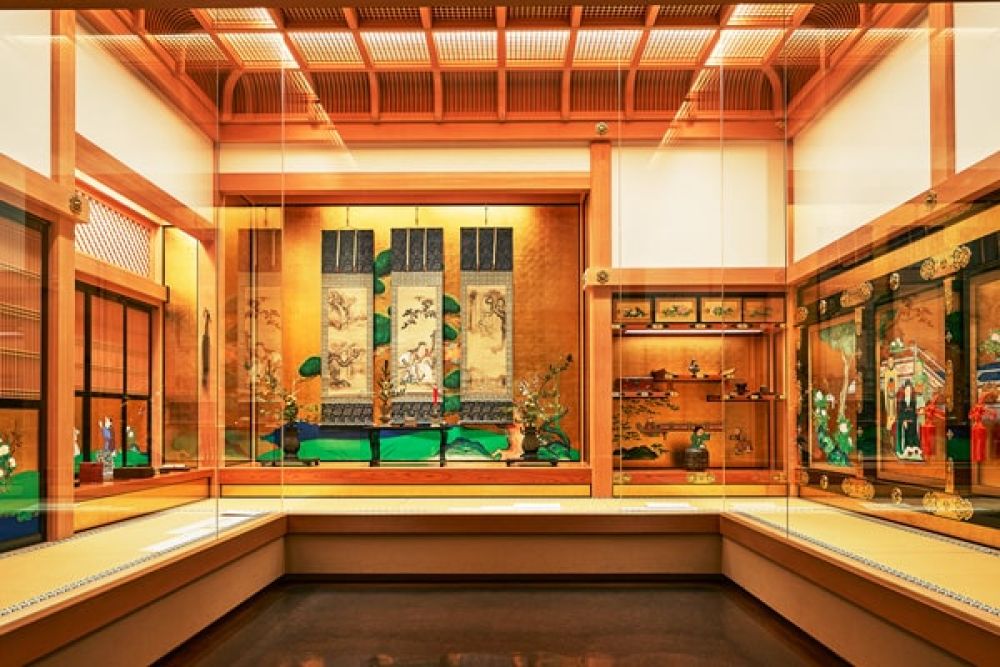

The Tokugawa Art Museum in Nagoya, Japan, is a testament to the city's rich cultural heritage and serves as a significant landmark in the region's tourism history. Housing an extensive collection of artifacts from the Tokugawa Shogunate, the museum gives visitors an in-depth look into the lives of one of Japan's most powerful feudal families.
The museum was established in 1935 to preserve and exhibit the family heirlooms of the Owari branch, one of the three major branches of the Tokugawa family. Over the years, it has become a cultural attraction, drawing history buffs and art aficionados from across the globe. The substantial collection of the museum includes samurai armor, swords, Noh costumes and masks, and many other treasures that have been designated as Important Cultural Properties and National Treasures of Japan.
Nagoya has steadily evolved into a travel destination due to its combination of modern attractions and historical sites. The Tokugawa Art Museum has played a pivotal role in this evolution, consistently attracting visitors since its inception. As the birthplace of three notable Tokugawa shoguns, Nagoya offers a historical narrative that enriches the cultural tapestry of Japan and the museum is at the forefront of this narrative.
In recent years, there has been a shift towards experience-based tourism in Nagoya, with visitors seeking to immeran exciting cease themselves in the local culture and history. Consequently, the museum has adapted by offering interactive exhibitions and educational programs to provide a more engaging way to learn about the Tokugawa period.
Sustainable tourism has also been a key trend, with Nagoya and its attractions, including the Tokugawa Art Museum, focusing on preserving the city's heritage while minimizing the environmental impact of tourism. Tourists are now looking for travel experiences that contribute to conservation efforts and support local communities.
The city is set to remain a major tourist destination, with the continuation of annual events and the enhancement of tourist facilities. The Tokugawa Art Museum's role in promoting Nagoya's historical significance is now complemented by the emergence of new technologies, such as virtual reality tours, that offer a futuristic way to experience the past.
In summary, Nagoya's Tokugawa Art Museum represents a cornerstone in the city's tourism history, offering a window into the powerful dynasty that shaped the region. With its commitment to preserving Japan's cultural heritage and adapting to contemporary tourism trends, the museum is poised to continue attracting visitors from around the world.